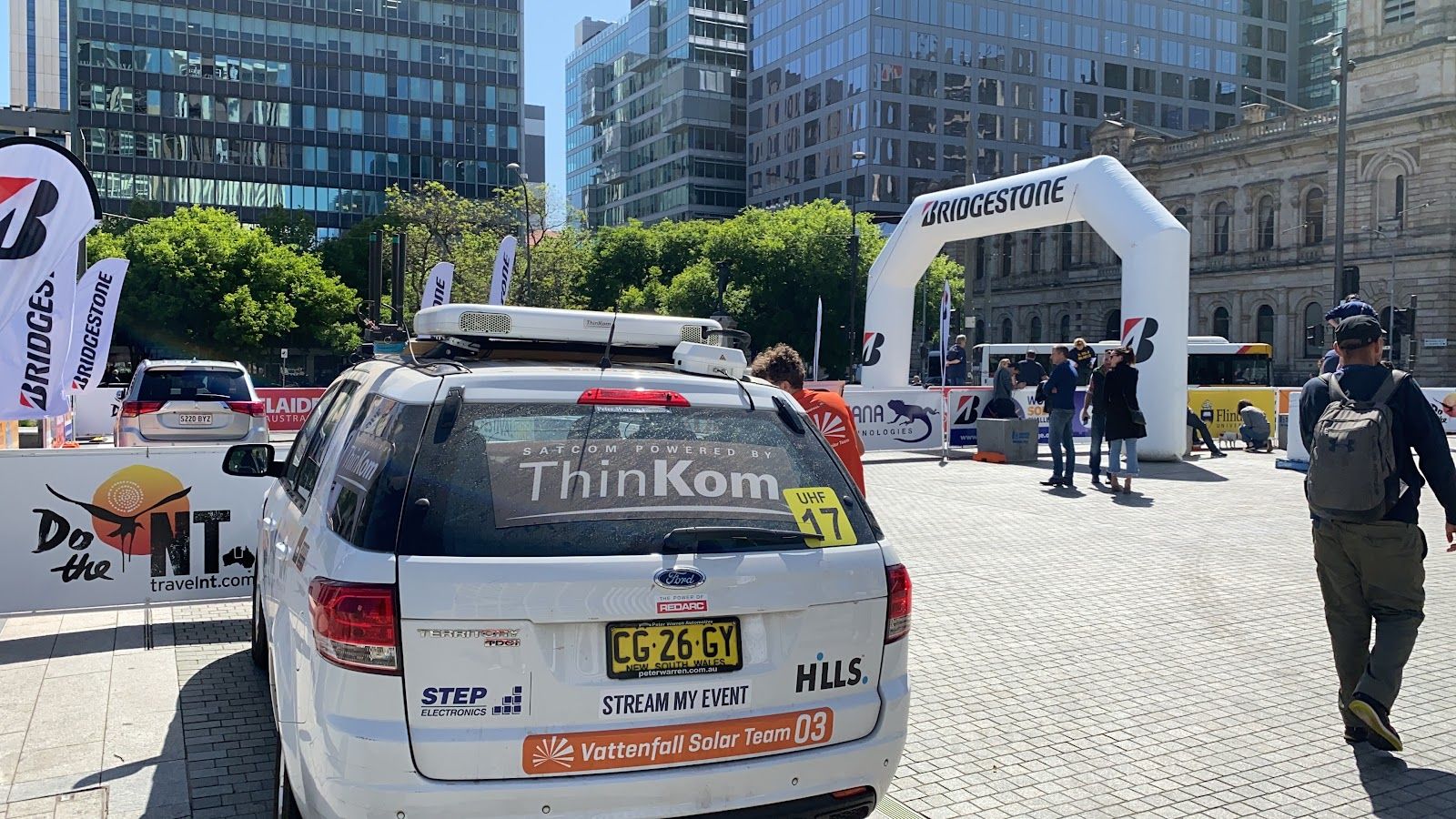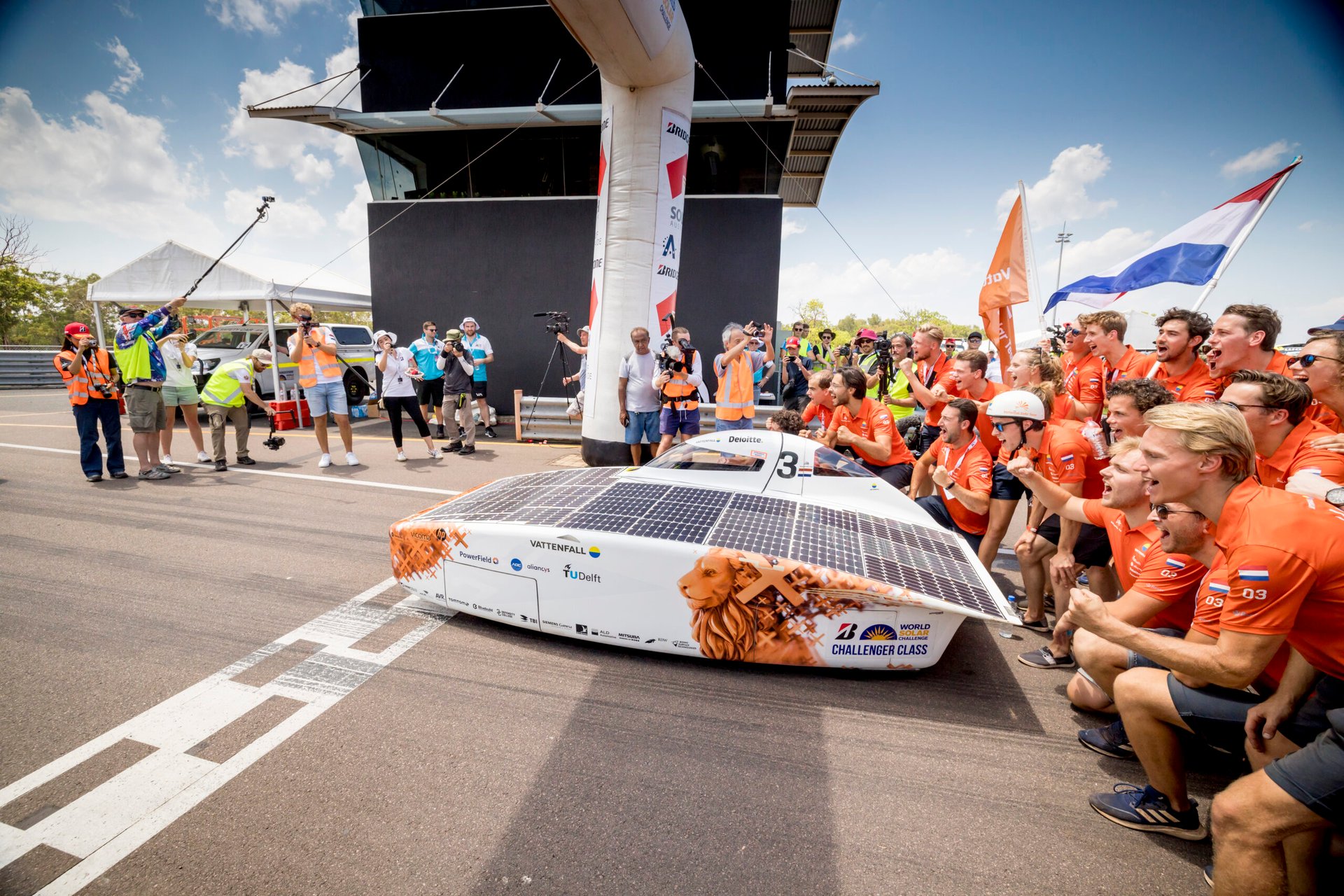
World Solar Challenge 2019
How we setup a mesh-based radio IP network to transmit data and live camera across a convoy of moving vehicles, to livestream the Vattenfall Solar Team from the Australian outback.
Introduction
In 2019, the Bridgestone World Solar Challenge was held for the 15th time. Fifty-four teams with self-built solar cars raced a 3021 km route across the Australian outback, powered solely by solar energy. The goal: to be the first to cross the finish line in Adelaide. The World Solar Challenge is a hotbed of innovation and talent in the field of electric vehicles and solar energy, with many participating students going on to work at companies like Tesla and Lightyear, contributing to the future of mobility.
Livestreaming from the Outback
For the first time in 2019, a livestream of the entire race was available, from the perspective of the TU Delft team, the Vattenfall Solar Team. Stream My Event produced this stream in close collaboration with the solar team and technology partners STEP Electronics and Amber Technology.
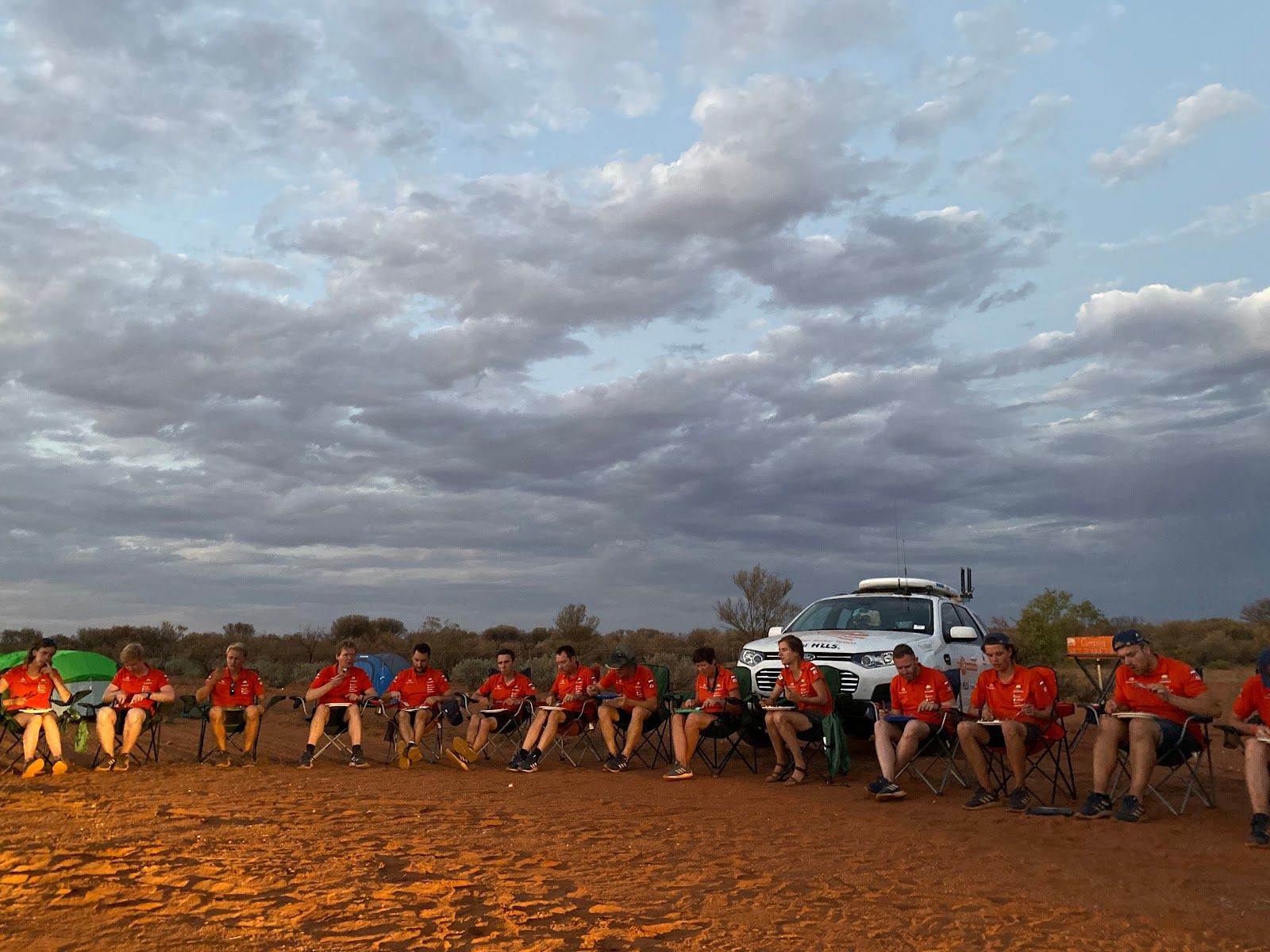
The livestream reached an audience of 80,000 over the 5-day challenge.
At the end of the challenge, after leading for 2 days, the Vattenfall Solar Team faced a dramatic conclusion. Just hours before the finish, the solar car Nuna burst into flames, but fortunately, the driver escaped quickly and no one was injured. The team was allowed to ceremonially cross the finish line in Adelaide a few hours later.
The Technology Behind the Stream
Creating a broadcast from a convoy of vehicles equipped with cameras in a location completely devoid of infrastructure proved to be a highly complex technical challenge.
The Satellite Connection
The first issue to tackle was internet access. There is no 4G on the Stuart Highway, which runs from north to south Australia. Connecting to a satellite from a moving vehicle is also not straightforward, as most systems use a foldable dish that is not suitable for use while driving.
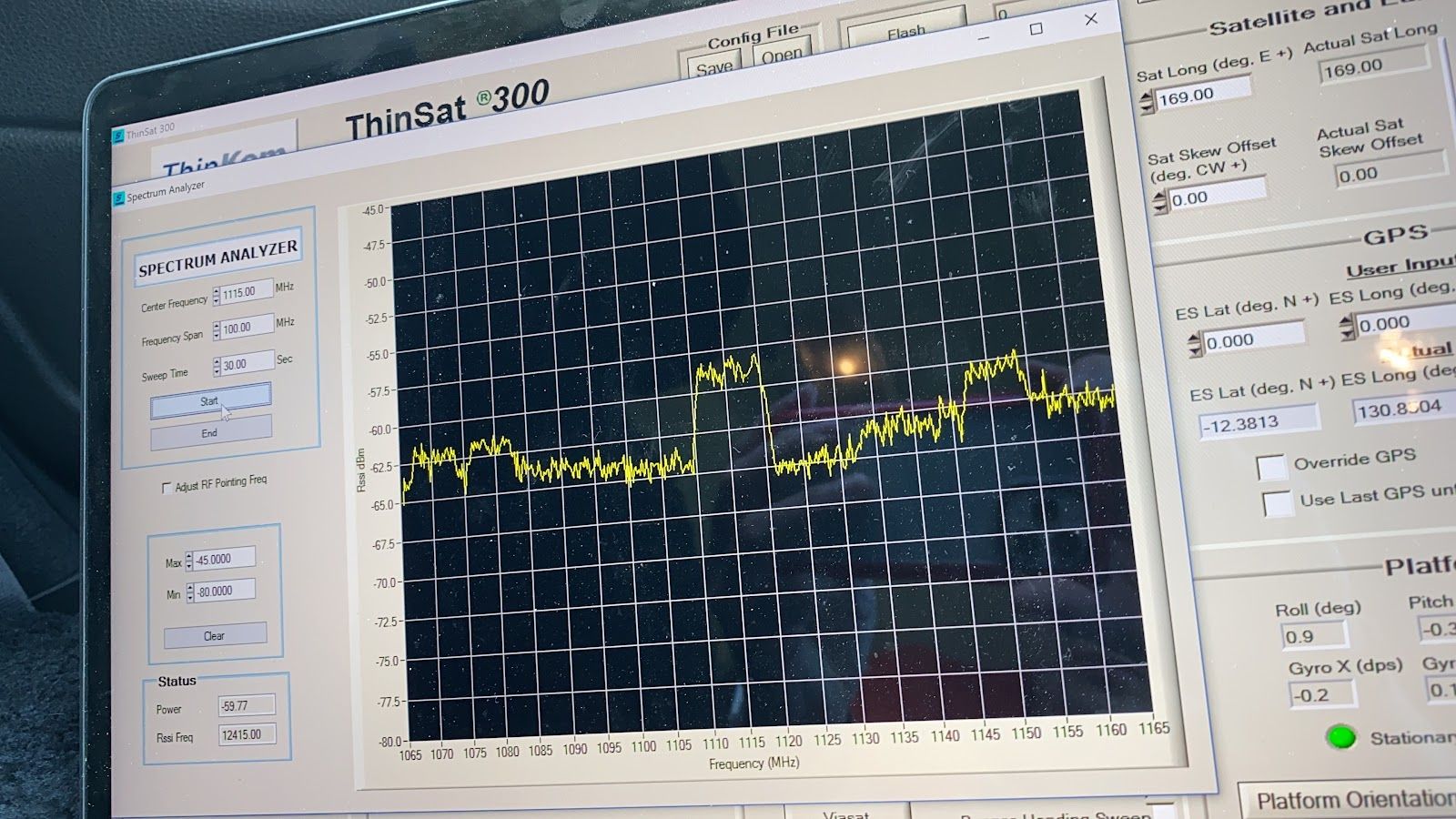
After extensive research, Stream My Event found a solution with a ThinKom phased-array antenna. This cutting-edge technology does not use a foldable dish but rather rotating flat panels that can direct the beam to a satellite. With this technology, and in close collaboration with the Intelsat team to utilize a newly launched satellite for the project, it was possible to establish an internet connection while driving for the broadcast. For the tech-savvy: the total available data rate was about 5mbps in both directions.
"The World Solar Challenge was certainly a challenging operational environment for the ThinSat 300 antenna, with extreme heat, wind, and sandstorms in the Australian outback," said Bill Milroy, CTO of ThinKom Solutions. "That said, the antennas performed excellently, maintaining a constant connection, high bandwidth, and live HD images during the challenge."
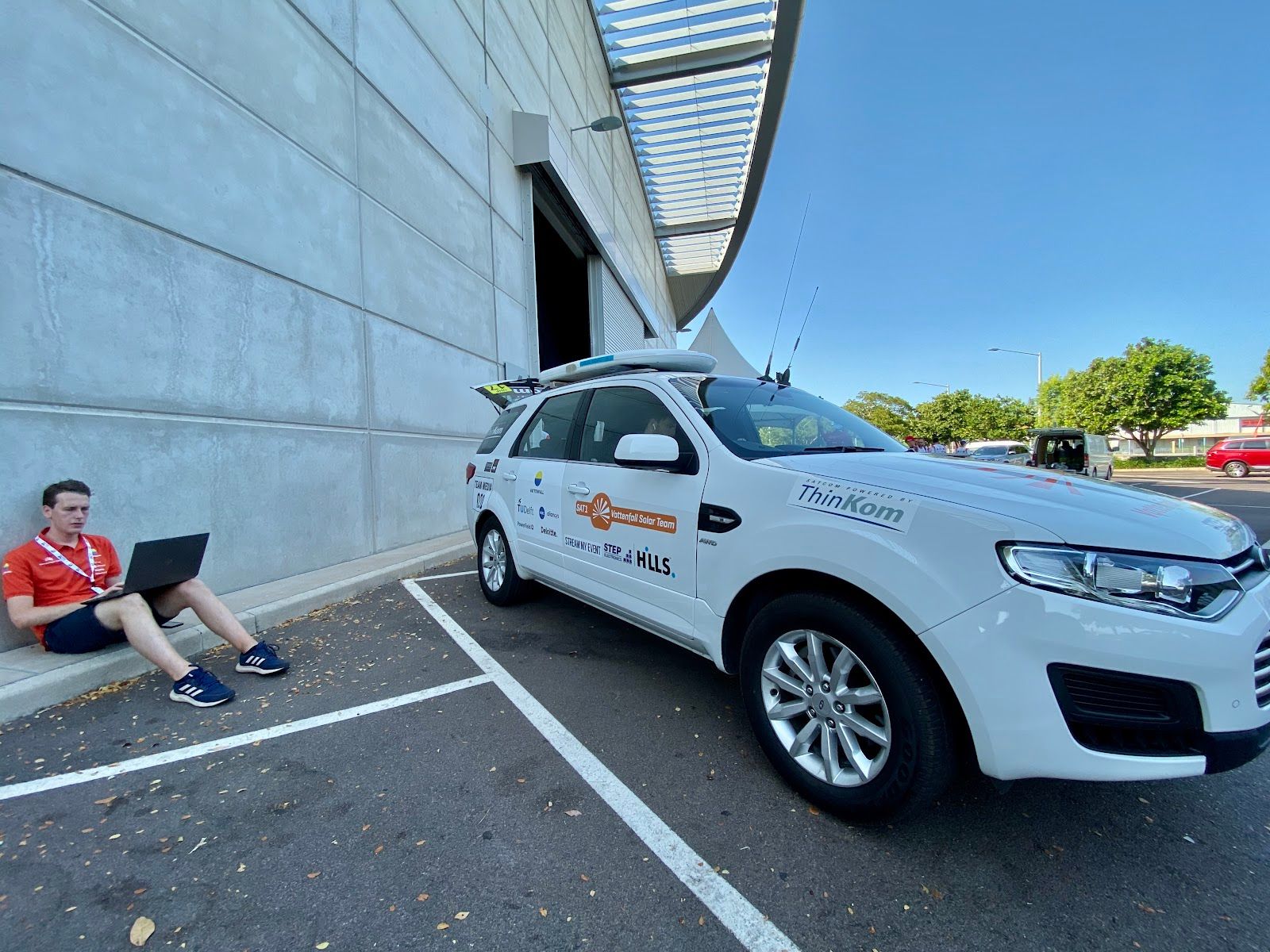
Communication Between Vehicles
With the satellite vehicle connected to the internet, the next step was to extend this connection to a large part of the convoy to use cameras in the broadcast and gain strategic advantages in the challenge, such as downloading live weather data. The distance between vehicles could sometimes reach several kilometers, so WiFi was not a viable option.
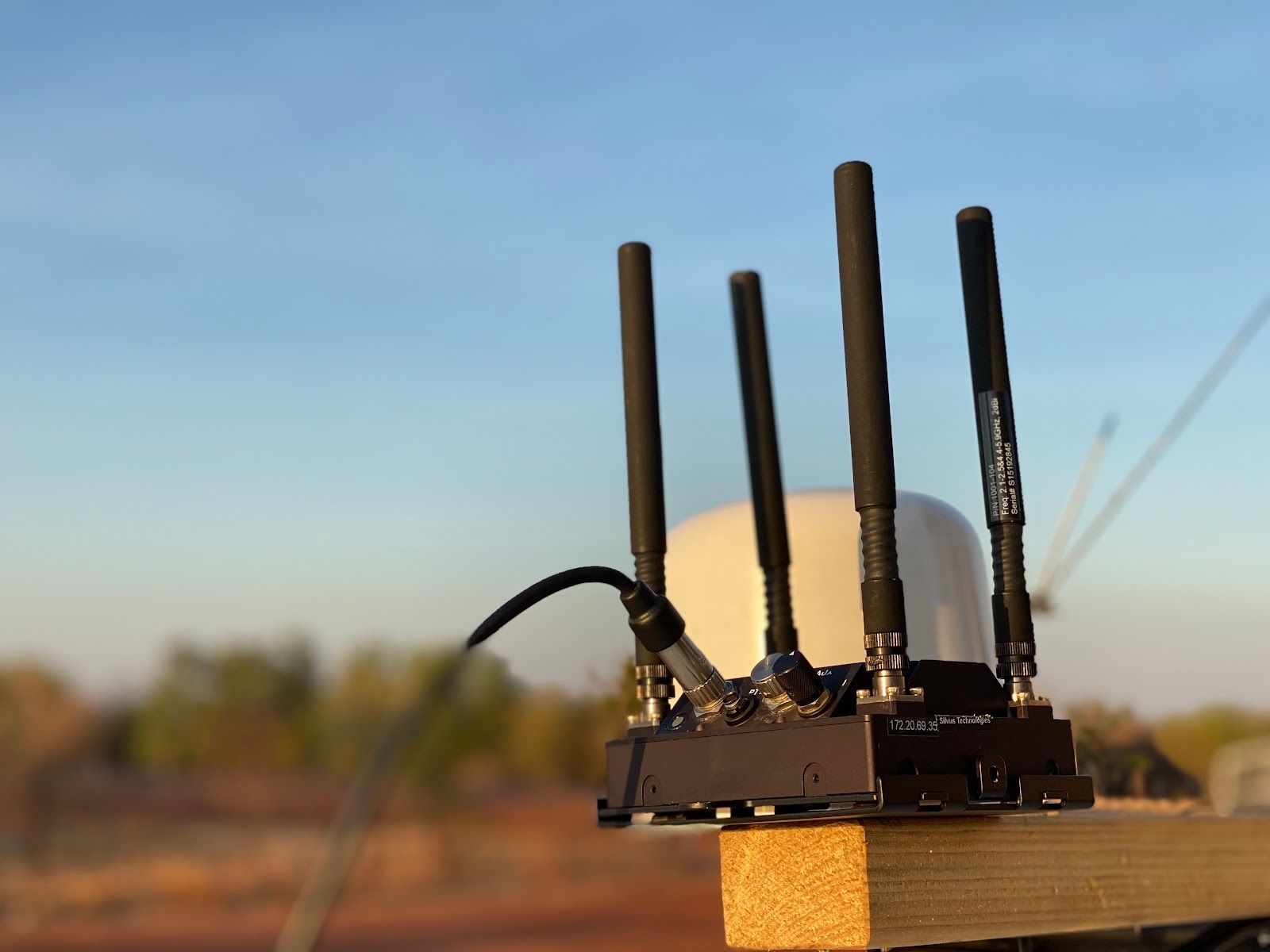
The team turned to Silvus Technology's mesh radios as a solution. These radios connect to create a robust dynamic network, where any node can fail at any time without causing issues. In each vehicle of the convoy, this long-range network was converted to regular WiFi so users in the vehicles could easily connect. The cameras in the vehicles were also sent back to the satellite vehicle, where the broadcast was managed.
To set up this network, Stream My Event partnered with the Australian company Amber Technology:
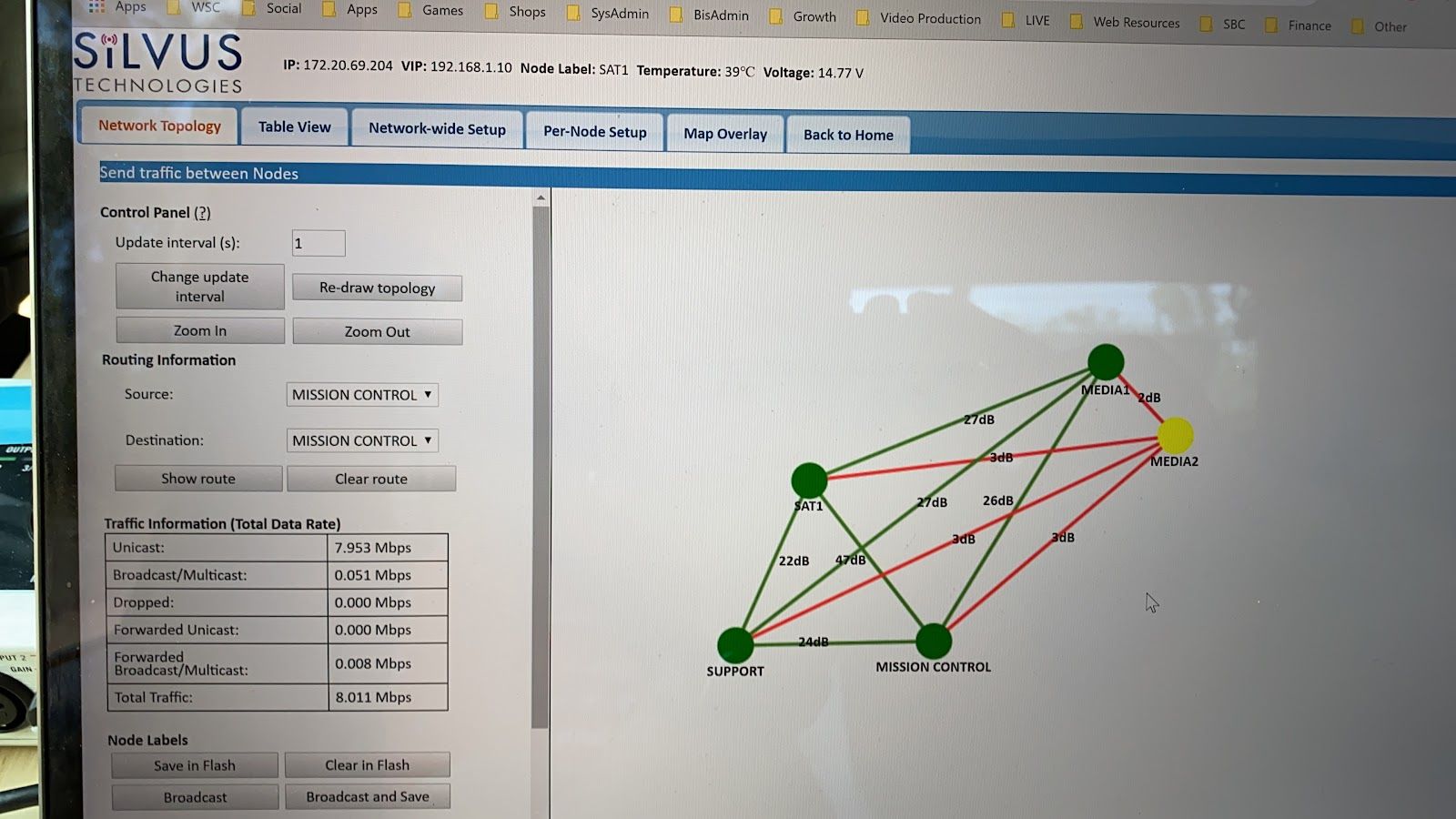
"The Silvus Mesh network is completely dynamic, with each radio acting as a transmitter, receiver, and relay for every other node. The resulting wireless network forms and reforms dynamically as the relative positions of the nodes change, without interruptions in the data connection," said Ross Caston, general manager at Amber Technology.
Data Management
With three moving media vehicles, a lot of material was generated to send back to the Netherlands. To manage this traffic efficiently, a central upload queue was set up in the satellite vehicle. When one of the media vehicles came within range of the convoy network, all new photos and videos were automatically synchronized to a central queue using Resilio Sync. Once in the central queue, an upload to an Amazon S3 server was initiated, followed by synchronization with Google Drive to make the files available to the global press.
How to Create an Engaging Livestream of 3000 km of Desert?
Switching between 5 cameras and 2 drones, with live graphics and a stream on Facebook and YouTube, from a rather cramped SUV on a rather narrow highway where you have to drive 100 km/h... was not easy.
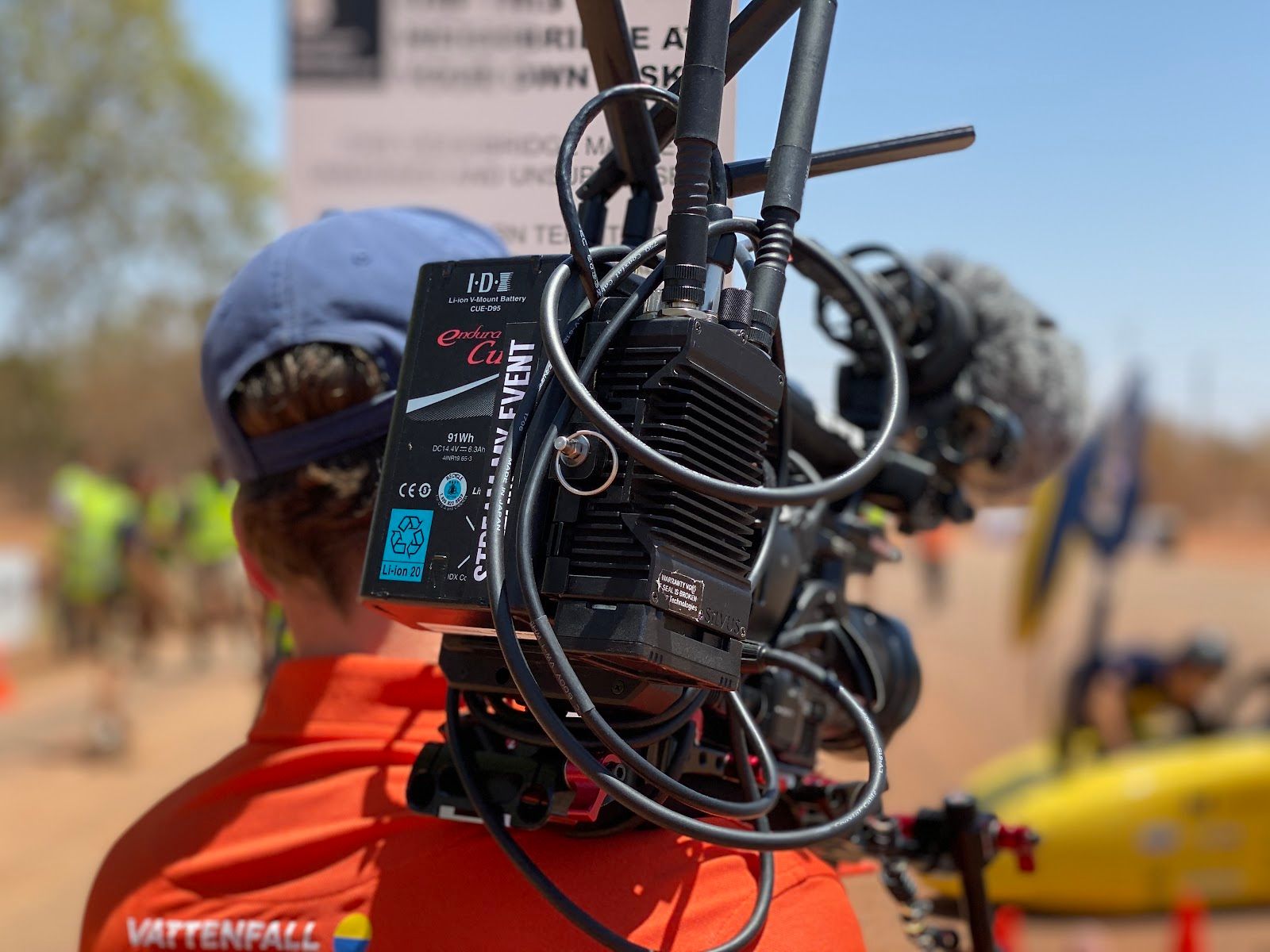
V-Mix combined with Streamdeck & Companion was the software mixer of choice. A major advantage was the ability to load IP cameras directly.
For the graphics, Holographics, an HTML graphics tool developed by Stream My Event, was used. This tool proved invaluable when Nuna X caught fire on the last day of the challenge. With Holographics, it was possible to add messages to the livestream within seconds to reassure concerned viewers.
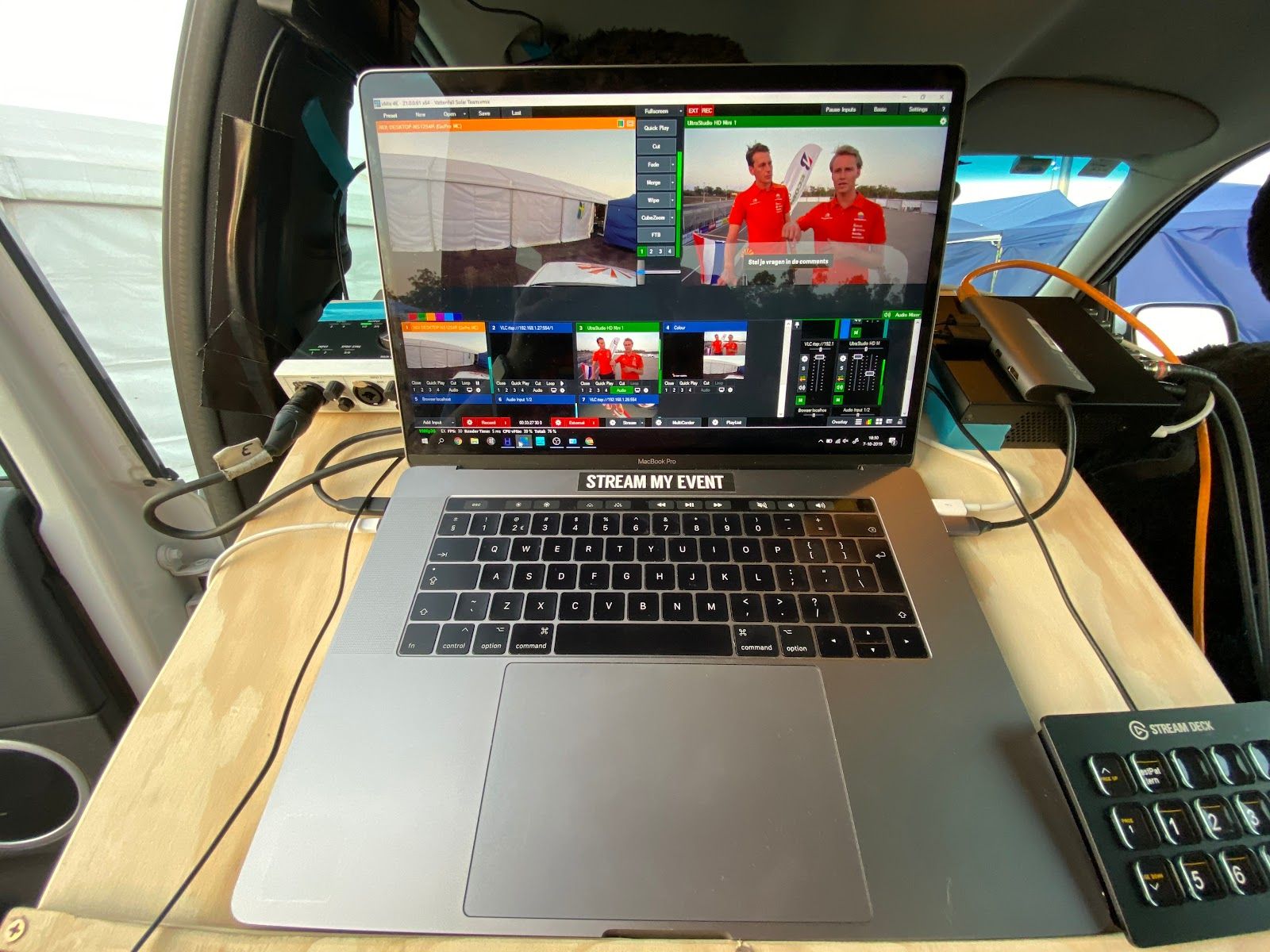
To ensure the stability of the livestream, an AVIWest AIR320 encoder was used. This H265 encoder allowed Stream My Event to provide the highest possible quality per bit of available bandwidth and offered the ability to dynamically manage the bitrate. A Quad CellLink antenna was also used in areas where mobile internet was available.
Outcome of the Connection
Throughout the challenge, the solar team used the connection to download crucial information, such as weather data, the position of other teams, and to coordinate upcoming stops.
In one specific instance, the strategic team was able to time the arrival at a traffic light so that the solar car arrived precisely at a green light, allowing it to pass with minimal braking.
Outcome of the Livestream
Very quickly, the livestream became the go-to source of information for everyone following the challenge remotely. Over 3000 chat messages were sent during the challenge. Among the viewers were parents, other teams, journalists, sponsors, and even the World Solar Challenge board watched to get updates on the race. No other team was as centrally visible during the race.
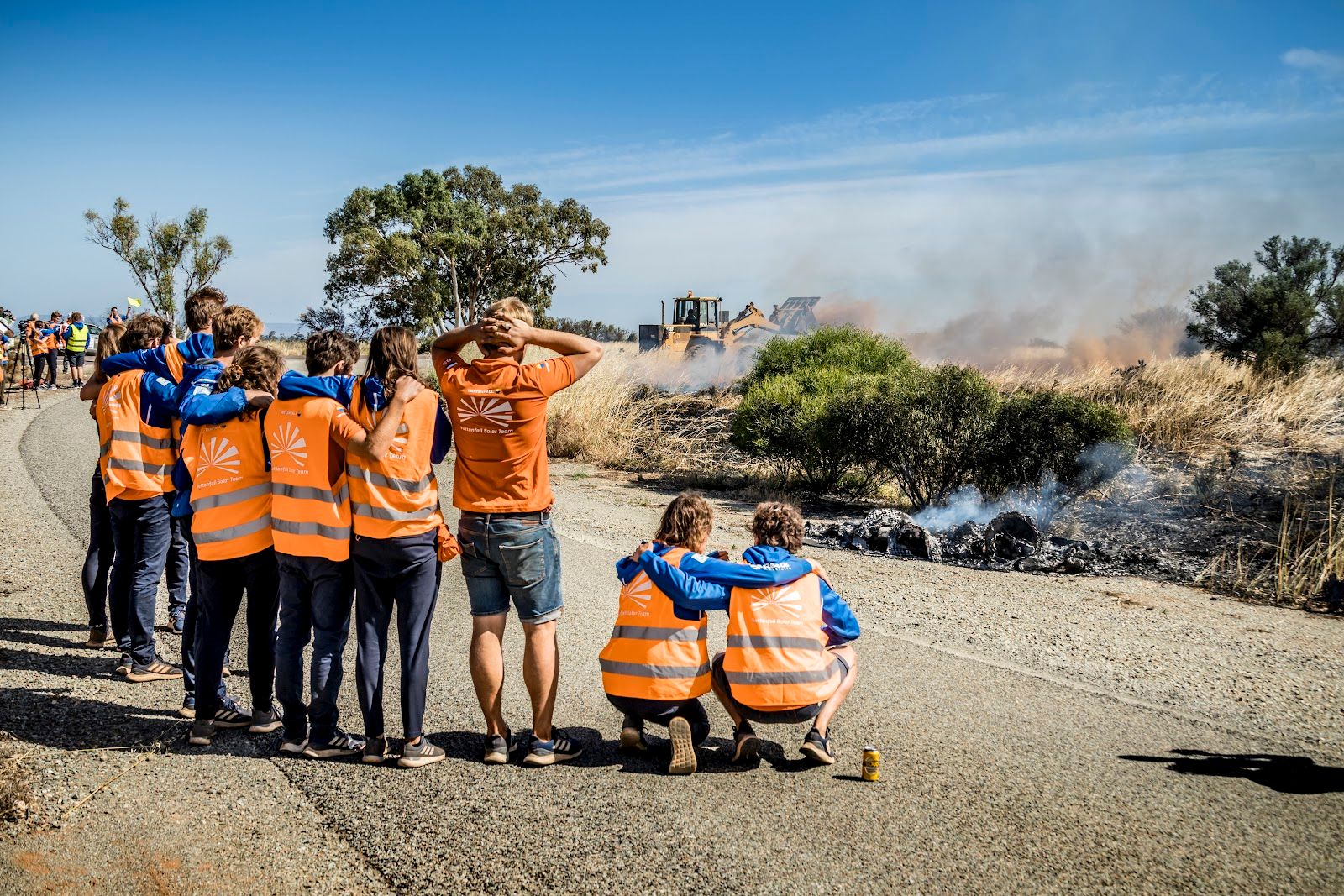
When the solar car caught fire less than 300 km from the finish, the livestream also served as a central information source for all parties. The driver was visibly extracted from the vehicle within seconds of the stop, so there was never any doubt about his safety. When the team was finally allowed to cross the finish line in Adelaide, the online audience was grateful to conclude the journey with the team.
